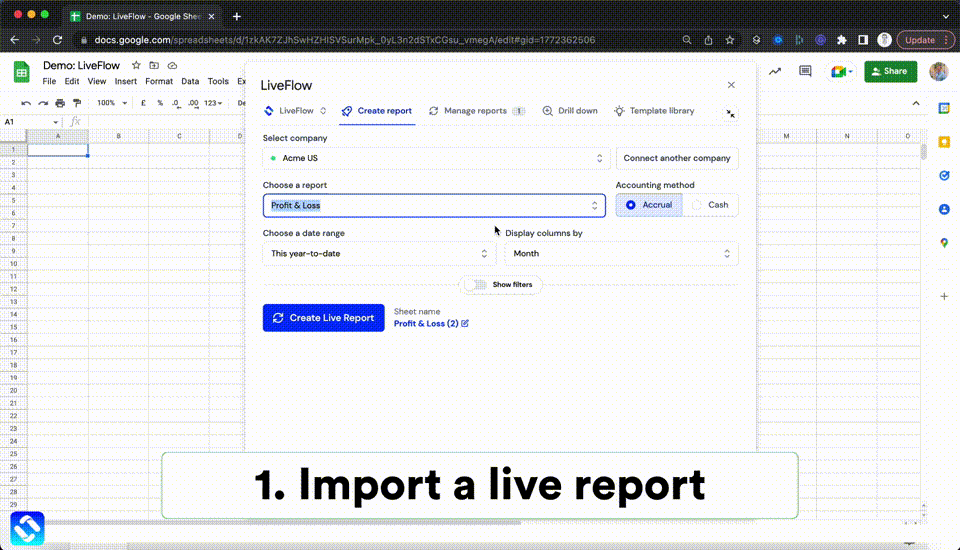Working capital, also known as operating capital or cash flow, is the amount of money a company has available to pay for day-to-day expenses such as raw materials, salaries, and benefits. Working capital is not an end-all valuation of a company's worth; rather, it measures how much money must be spent to keep the business running on a daily basis.
Changes in working capital are indicators that something has changed with your business. If you manage financial transactions for your business, you may already have visibility into changes in working capital. However, if you don’t, knowing what changes in working capital mean can help you identify trends that could impact liquidity or cause stress on your business moving forward.
This article will go over what a change in net working capital means and why it’s important for any small business owner.
What Does Change in Net Working Capital Mean?
Simply put, a change in net working capital is the difference between the amount of money you have in your bank account and the amount of money you owe to creditors. If your net working capital is positive, you have more money than you owe; if your net working capital is negative, you owe more than you have.
Every business has working capital to varying degrees; it's the amount of money it takes to keep the lights on and employees paid. The challenge for small business owners is that changes in net working capital are not always easy to identify. To understand what changes in net working capital mean, you need to understand how businesses operate. Working capital is a fluid concept that changes based on the demands of daily operations.
Why is a Change in Net Working Capital Important?
As mentioned above, working capital is the amount of money a business has available to pay for day-to-day expenses, such as raw materials and salaries. Changes in working capital can be a red flag, particularly for small businesses that do not have the luxury of being able to wait for cash flow to even out.
For example, let’s say you did a large order last month for $100,000, but you don’t have the money to pay for it until next month. To keep your business running, you might borrow from a financing source such as a bank or a credit line to handle your business's day-to-day operations until the order goes through next month.
When that $100,000 order comes in next month, you can then pay your financing. However, if you did not have enough cash in your business to pay for the raw materials, that $100,000 change in net working capital is going to stay negative until you pay off your financing.
Types of Changes in Net Working Capital
There are two types of changes in net working capital: positive and negative. A positive change in net working capital means your working capital has increased over time. A negative change in net working capital means your working capital has decreased over time. There are a couple of factors that can cause a negative change in net working capital, including
· An increase in receivables
· A decrease in payables
· An increase in inventory
· A decrease in your cash balance
These sorts of things are normal when you’re running a small business, but it’s important to record them accurately and take steps to mitigate the situation if you find that you are routinely experiencing negative changes in your net working capital.
How to Calculate Change in Net Working Capital
Calculating a change in net working capital is relatively straightforward, but it can be tricky if you are unfamiliar with the basic accounting terms associated with it. To calculate a change in net working capital, you will need the following figures:
1. Current Assets: Inventory, cash equivalents, accounts receivable, and prepaid expenses
2. Current Liabilities: Short-term debt, accounts payable, long-term debt.
3. Equity: Shareholder equity and long-term debt.
Once you have these figures, you can plug them into the change in net working capital formula: Working capital change = Current assets - Current liabilities.
So, if your current assets are $200,000, and your current liabilities are $100,000, then your change in net working capital would be $200,000 - $100,000 = $100,000 change in NWC.
Conclusion
Working capital is the amount of money a company has available to pay for day-to-day expenses such as raw materials and salaries. Changes in working capital can be a red flag, particularly for small businesses that cannot afford to wait for cash flow to even out. If your business is showing a negative change in net working capital, it’s time to investigate the cause.
Net working capital can change for a number of reasons, but there are ways to mitigate its impact on your company. There are two ways to address a negative change in net working capital. First, you can manage your liabilities so that they are lower than your assets. Second, you can increase your assets so that they are higher than your liabilities.
Recommendation
LiveFlow is one of the best platforms for managing your company's small business accounting processes. With useful templates and a ton of great features that automate the most complex accounting processes, LiveFlow can help you take the stress out of your business bookkeeping procedures. Best of all, you can explore the great features of LiveFlow with a free 30-minute demo, so be sure to check out LiveFlow today.



.png)

.png)








